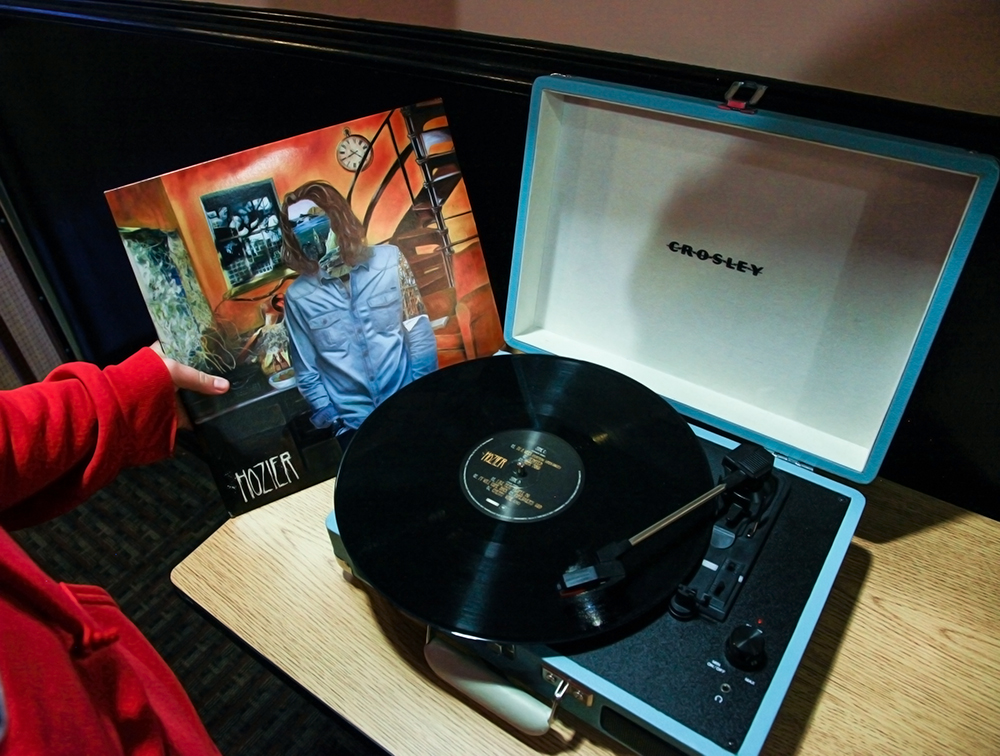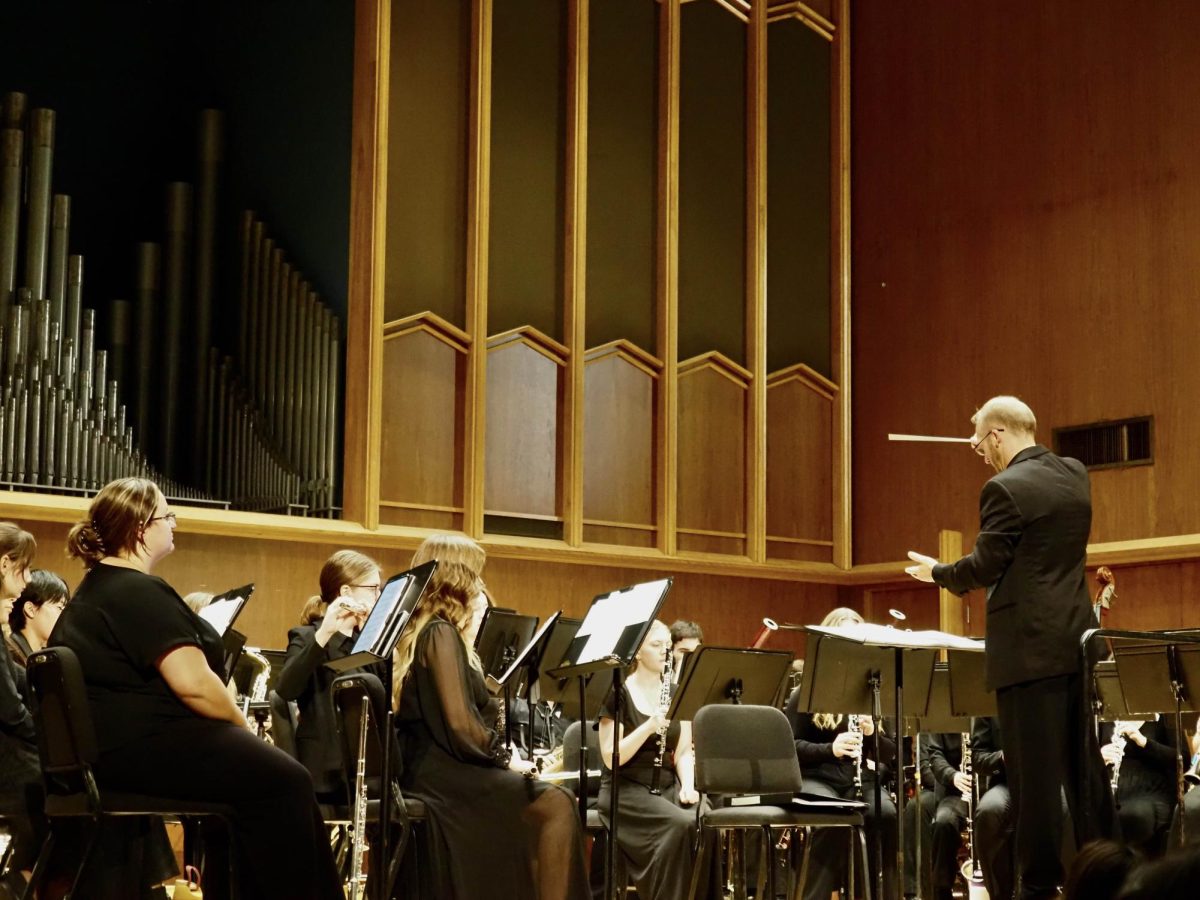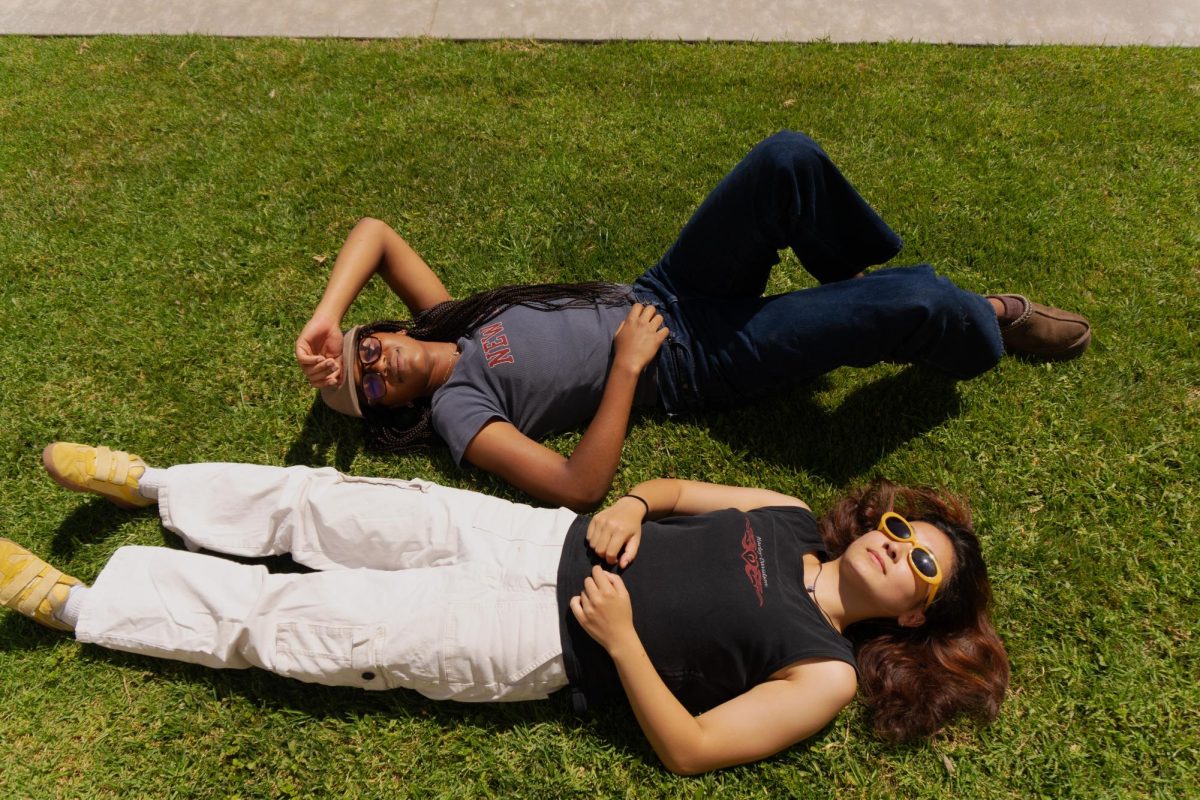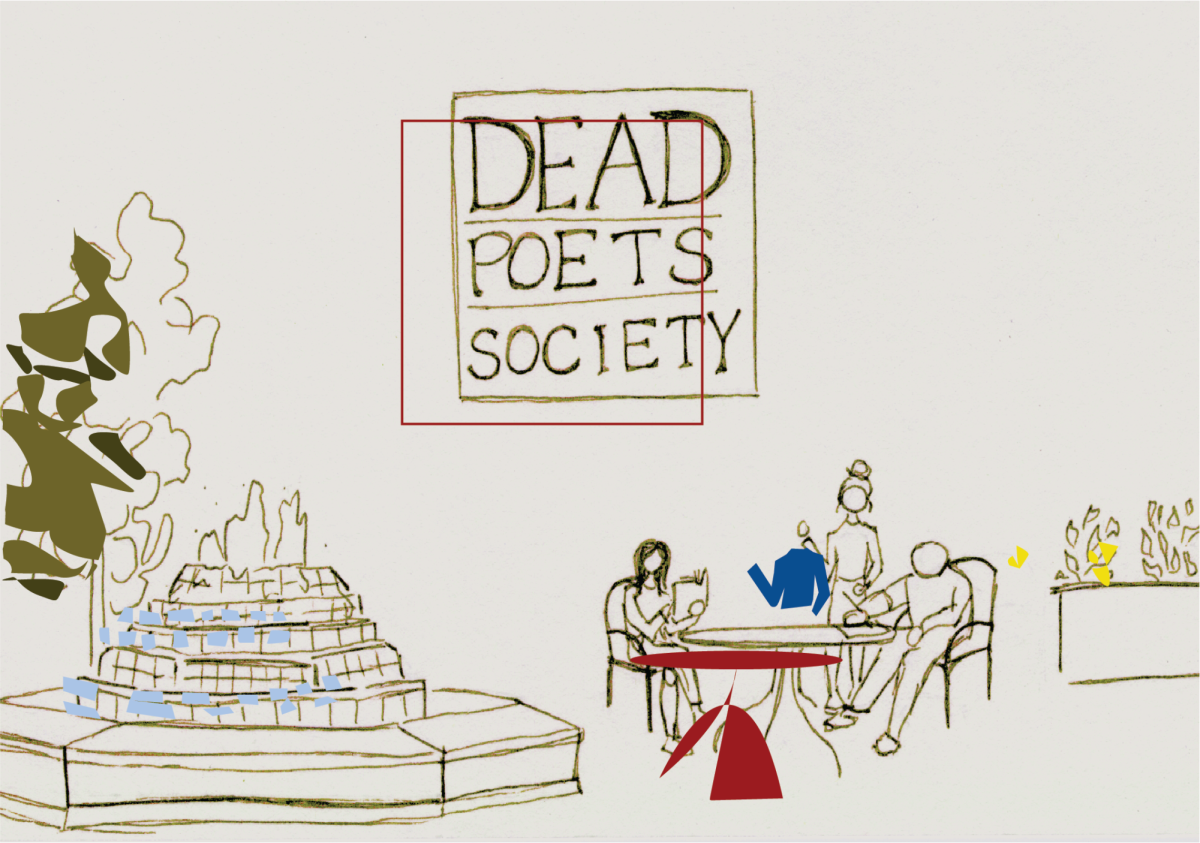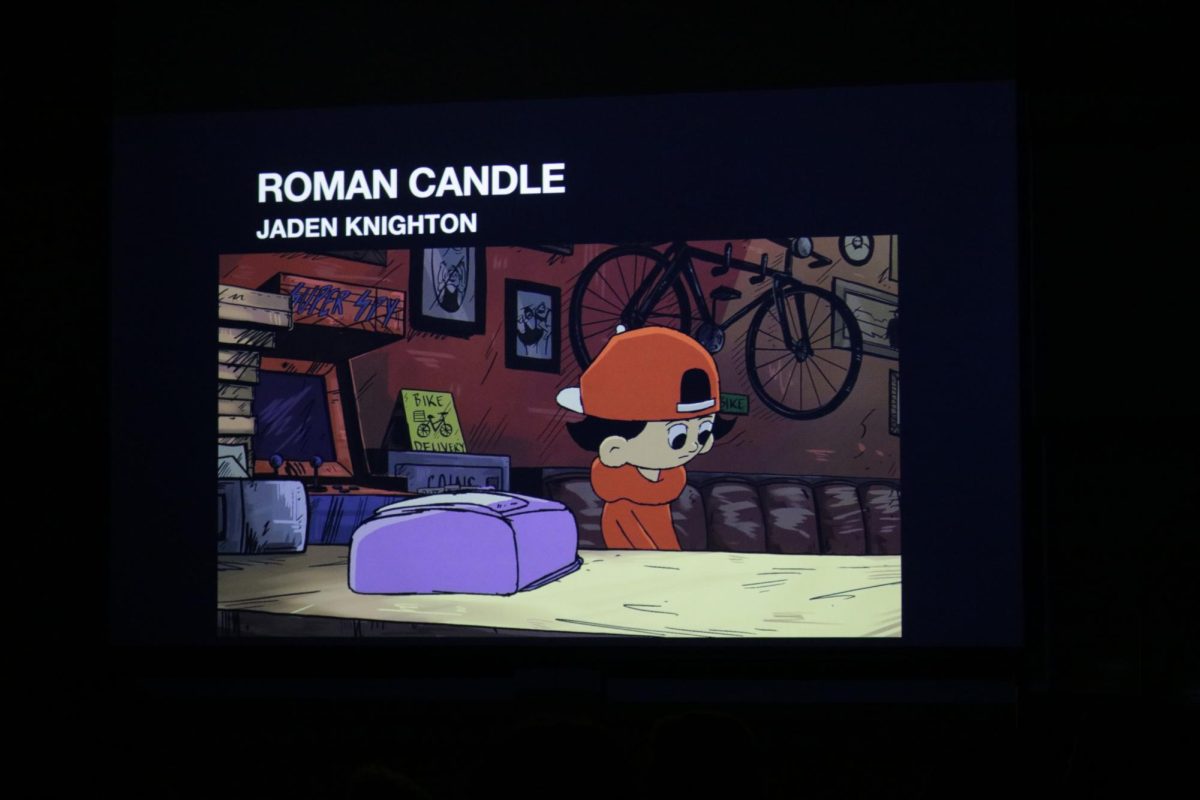Christian young adults often become scrutinized for the music they consume. Indeed, the question of whether listening to secular music constitutes sin gave rise to contemporary christian music, ranging from familiar worship rock to death metal. While influence from worship music remains through chapel programs and the major dedicated to it, a profound respect for distinctly secular music also pervades throughout Biola’s community.
they don’t have to be worship songs
“I’m still learning what I actually like,” said Joshua Durant, sophomore music in worship major, in regards to his musical taste, which ranges from harder rock to hip-hop. While he does enjoy many Christian hip-hop artists like Andy Mineo and John Givez, secular music also piques his interest on a spiritual level.
“I think I find the answers to a lot of biblical truths in non-Christian music,” Durant mused, sighting Chance the Rapper and Kendrick Lamar as artists operating in a secular scene whilst bringing issues to the table. “‘To Pimp A Butterfly’ can have an amazing impact if you get past the fact that it’s not music for music’s sake.” Indeed, many thematic elements of Kendrick’s cultural landmark might become triggering for some, but Durant believes in approaching such art as the language of culture.
Forrest Cole Fencl, sophomore music education major, shares Durant’s view about the broader sense of music’s power.
“I didn’t even know who Hillsong was for the longest time,” he says, revealing he often recognizes contemporary christian music songs only when playing them for the first time in chapel bands. Fencl currently finds inspiration from early jazz fusion icons Return to Forever and gospel artists like Israel Houghton alike as he composes music for a concept record centering around “a really creepy guy.” While he brings risky ideas to the table, Fencl presents no kinship with the flawed protagonist of his musical story, citing Eminem as an example of someone who uses dark themes to make points within a larger context.
“If your goal is to glorify God through music, they don’t have to be worship songs,” Fencl said. “I don’t think I feel spiritually filled when I listen to Christian or secular music. The purpose of putting on music determines whether music should be Christian on me.” His purpose, as his major suggests, centers around analytics rather than devotions.
common grace
The concept of Christian and non-Christian music operating within a similar spectrum of expression refers to a larger theological juxtaposition of common and saving grace. Thaddeus Williams, assistant professor of theology, refers to common grace — that which God gives all humans regardless of their faith — as “Picasso‘s ability to paint ‘Guernica.’ It’s Van Gogh’s ability to paint ‘Starry Night.’”
Raised on ‘90s grunge rock, Williams recounts the disconnect he felt from Christian alternatives to Nirvana and Pearl Jam. For his young spirit, the secular artists packed a harder punch.
“One sounded contrived and one sounded real,” Williams said. He recalls having profound worship experiences listening to post-rock bands like Pinback, rather than anything by Newsboys or DC Talk.
In his upcoming book called “Reflect,” published by Weaver Book Company, Williams references Abraham Kuyper: “All liberal arts are gifts which God imparts promiscuously to believers and to unbelievers… these gifts have flourished in a larger measure outside the holy circle.”
Kuyper emphasizes the spiritual experience provided by artists of all worldviews, a perspective Williams, Fencel and Durant share.
“It’s important not to underestimate the power music has to shape our attitude and worldview,” Williams said, emphasizing discernment over emotional abandon. Regardless, Biola community’s unabashed inclination towards the whole artistic spectrum obviously runs much deeper than many in and outside the bubble might initially realize.



